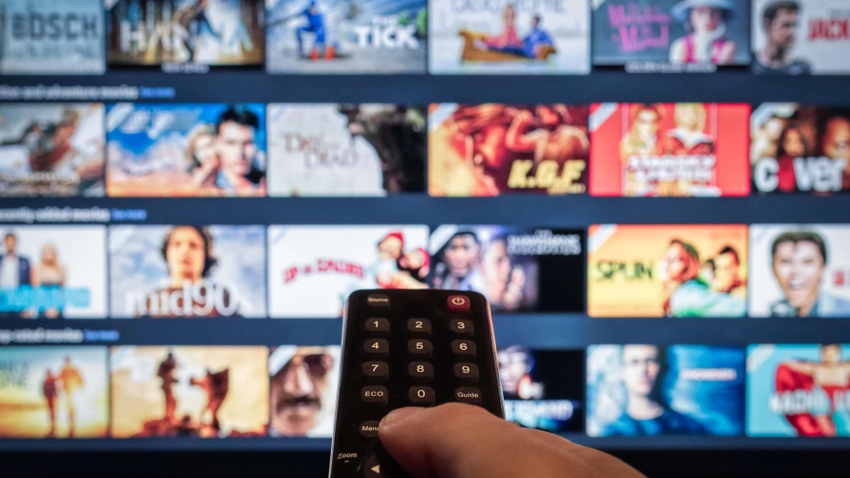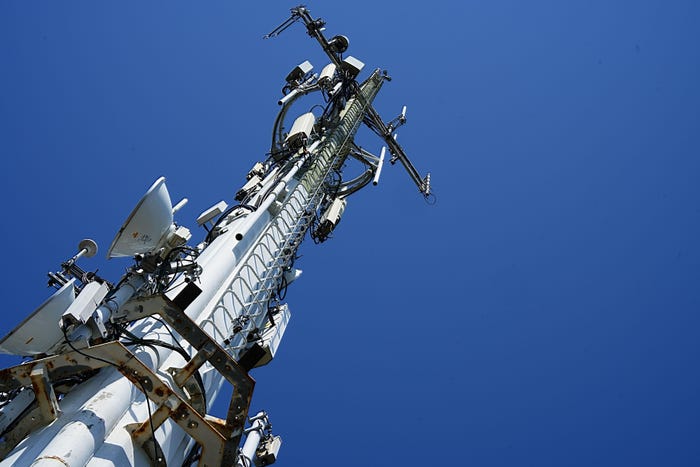How should 'FAST' move forward?
There's an over-abundance of free, ad-supported streaming television (FAST) channels today, causing content and platform players to seek out ways to personalize the experience, build more engagement and earn more ad dollars.

Free, ad-supported streaming television (FAST) services have flooded the streaming marketplace via multiple platforms that, in some instances, are offering hundreds of channels.
FAST started off with a lean-back, linear TV-style experience. And its growing popularity has been due to several factors, including stand-alone FAST services such as Pluto TV and Tubi. FAST channels have also been integrated into major connected TV platforms and subscription streaming services. And it's being used as an enhancement to certain pay-TV services.
Despite some of the growth and popularity it has enjoyed in recent years, FAST is also at a crossroads of sorts. Content and platform players involved in this slice of the market are seeking out ways to drive more viewer engagement. They're looking to do so through personalization and improved search and discovery capabilities, as well as expansions into live events (including sports). Generally, they're trying to beef up FAST's revenue stream.
How to develop and deploy "FAST 2.0" was the key theme Tuesday at the Stream TV Show in Denver.
Mapping FAST to VoD
One way to boost the value of FAST is to improve the way its content, typically presented within a traditional on-screen grid guide, can be mapped to content that might provide a better experience in an on-demand environment.
Offering episode six of season three of a show like Breaking Bad might not be a perfect piece of content for a linear-style FAST channel, for example. But the consumer experience could be improved if the platform could seamlessly direct the viewer with ways to access the series on-demand, Pete Wood, SVP of new media distribution at Sony Pictures, said.
Wurl, a company that helps partners distribute FAST channels, is working on a way to establish such a connection. It's doing so by using short-form content to pique consumer interest in the long-form version of that content (such as a TV series or a movie).
"That's an important bridge," Dave Bernath, VP of sales and partnerships at Wurl, said. "It's about discovery and exposing people to something they might like."
There's a huge opportunity to make better use of tools for FAST and streaming to create unique viewer experiences, Craig Heiting, head of corporate strategy at Wurl, said in a follow-up keynote.
He said targeted ads aren't enough. Instead, there should be more focus on discovery tools for FAST and "performance-driven advertising" that can connect viewers to content that fits their mood at a particular moment in time. If FAST can execute on that, it will establish a key differentiator for the category, Heiting said.
Providing "recommendations in the FAST space is everything," Wood said.
But a big piece of the puzzle is properly accessing and using the data within a show or movie to boost the level of personalization that can be provided to the viewer.
"It's all about metadata," Rob Caruso, director of product management and UX [user experience] at Google, said.
Securing 'ubiquitous rights' is another key
And, like it is in any other aspect of premium content, distribution rights are also another key challenge that has to be managed, especially if there's a desire to offer both linear and on-demand access to movies and TV series.
Some content might only come with linear rights, precluding on-demand distribution. Securing "ubiquitous rights" is something that can help to resolve this fragmented part of the market, Annie O'Brien, head of content acquisition for Samsung TV Plus, said.
There are also concerns about how content is measured on connected TV platforms. That part of the market is also fragmented.
TV makers such as LG Electronics are basically running their operating systems/platforms like a service, Matt Durgin, VP of North America content and services for LG, said. "You're looking at usage [and] activations," he said.
But it makes it difficult for ad buyers to engage with multiple platforms if each one is measured differently, Caruso said.
The good news, he said, is that advertisers can get a more granular view on a connected TV platform in terms of what viewers are doing and how they are reacting to ads. However, the industry has yet to figure out a way to conduct measurement at a unified level across the ecosystem, Caruso added.
Panelists also touched on the fact that FAST, as a category, is evolving into content areas that reach well beyond a way to help monetize older, catalog content. Some are taking a "FAST-first" approach by developing content that's tailored to the platform, Katherine Pond, group VP of platforms, content and partnerships at Vizio, said on a late-morning panel. Vizio is a TV maker that's being acquired by Walmart.
Another area of emerging focus is offering sports content on FAST platforms. A panel dedicated to that topic took place yesterday.
About the Author(s)
You May Also Like



.jpeg?width=700&auto=webp&quality=80&disable=upscale)










